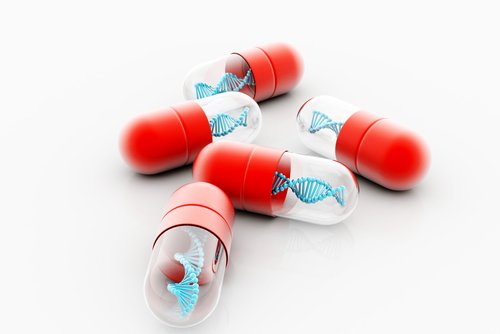Regenxbio Moves Toward Human Clinical Trial for Investigational Gene Therapy RGX-181
Written by |

Regenxbio is developing a novel, one-time gene therapy, called RGX-181, for the treatment of late-infantile neuronal ceroid lipofuscinosis type 2 (CLN2) disease, one of the most common forms of Batten disease.
The company expects to submit an investigational new drug (IND) application to the U.S. Food and Drug Administration (FDA) in 2019, seeking approval to test RGX-181 in a first-in-human clinical trial with centers in the Unites States and Europe.
“For children living with Batten disease and their families, the promise of effective gene therapy gives incredible hope,” Margie Frazier, PhD, the executive director at the Batten Disease Support and Research Association said in a press release.
“A diagnosis of Batten disease is devastating, yet children with the condition, and their families, face the disease with courage. More and widely available treatment options are desperately needed to reduce the cognitive and physical effects of the disease,” she said.
Late infantile Batten disease, or CLN2, is caused by mutations in the TPP1 gene, which contains information to produce an enzyme called tripeptidyl peptidase 1 (TPP1). Lack of this enzyme leads to seizures, loss of motor skills and cognitive ability, and a reduced life expectancy.
RGX-181 was developed to deliver a healthy copy of the TPP1 gene to cells of the central nervous system (brain and spinal cord) using a viral carrier called an adeno-associated virus (AAV).
Regenxbio’s NAV Technology Platform contains several of these non-replicating viral delivery vehicles known for not attracting our immune system’s attention — avoiding an unwanted immune response — and not causing disease.
The therapy is administered in a single injection into the brain (via a so-called intracisternal injection) to reach the cells of the central nervous system and deliver a healthy copy of the TTP1 gene, correcting the genetic defects underlying the disease.
Previous studies in animal models of CLN2 disease showed that a single injection of RGX-181 led to a wide expression of the TPP1 enzyme throughout the cells of the central nervous system. Moreover, the therapy significantly improved animals’ neuro-behaviour and extended their survival.
“Our NAV technology platform holds tremendous promise for advancing this new product candidate in our neurodegenerative disease pipeline,” said Olivier Danos, PhD, senior vice president and chief scientific officer of Regenxbio.
“The goal of our RGX-181 clinical program is to develop a single-dose treatment to halt progression of neurological decline and improve a broad range of these devastating symptoms experienced by children with CLN2 disease,” he added.
Regenxbio is investigating the clinical effectiveness of other gene therapies, RGX-111 and RGX-121, as treatment for two other rare diseases, called mucopolysaccharidosis type I (MPS I) and mucopolysaccharidosis type II (MPS II).
“Given the unmet need and the potential for NAV gene therapy, we believe CLN2 disease is a natural addition to our neurodegenerative disease pipeline,” said Kenneth T. Mills, president and CEO of Regenxbio.
“As we prepare to initiate dosing in our clinical trials of RGX-111 for MPS I and RGX-121 for MPS II, adding RGX-181 to our research pipeline furthers our commitment to finding potential cures for children affected by these extremely serious and life-threatening neurodegenerative conditions,” he said.




